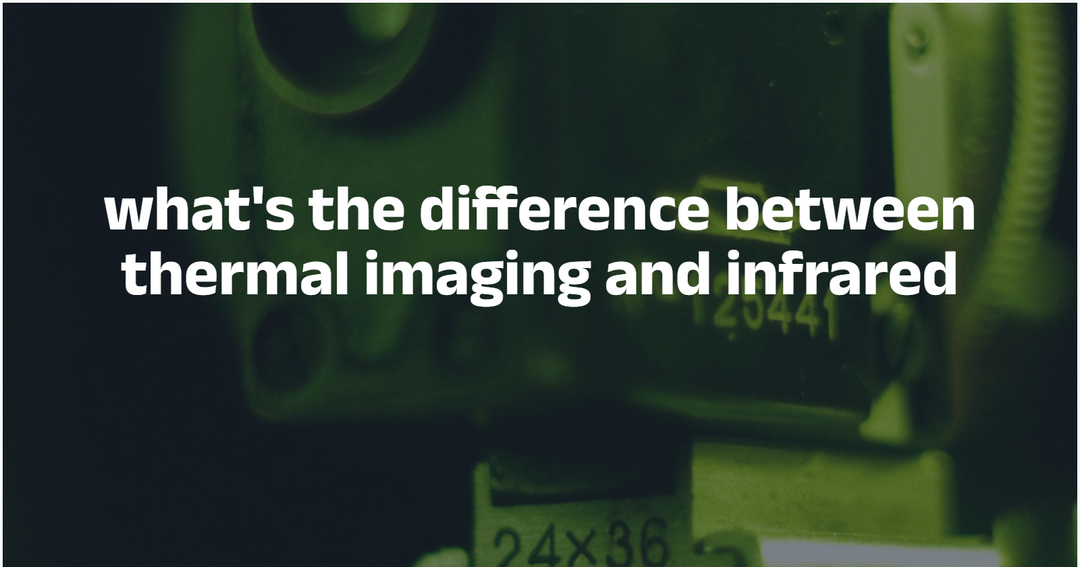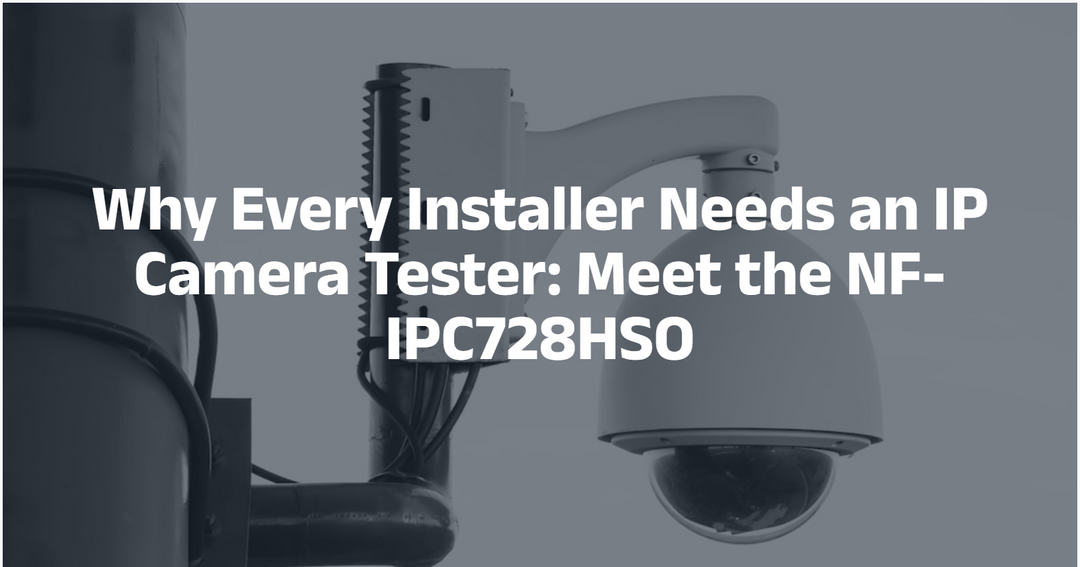What Is PoE (Power over Ethernet) and How Does It Work?
Modern networks need more than just data—they often need power, too. From security cameras to wireless access points, many devices today run on low-voltage electricity but connect via standard Ethernet cables. That’s where PoE (Power over Ethernet) comes in.
In this article, we’ll explain what PoE is, how it works, the different standards, and why it’s a game-changer for modern network installations.
What Does PoE Stand For?
PoE stands for Power over Ethernet.
Instead of running separate electrical wiring, PoE technology sends both data and electrical power through a single Ethernet cable. This simplifies installations, reduces costs, and makes deploying devices much easier—especially in locations where running power cables is difficult or expensive.

How Does PoE Work?
In a standard Ethernet connection, only data flows through the cable. PoE modifies this by injecting low-voltage DC power into the same cable pairs that carry data.
A PoE setup includes:
- PSE (Power Sourcing Equipment): Usually a PoE switch or injector that sends power into the Ethernet cable.
- PD (Powered Device): The device receiving power, such as an IP camera, wireless AP, or VoIP phone.
PoE intelligently negotiates the required power, ensuring devices get exactly what they need without overload or damage.

Benefits of PoE
PoE has become popular because it:
-
Simplifies Installations
- Only one cable needed for power + data
- No electrical outlets required near devices
-
Saves Money
- Fewer electricians needed
- Reduces wiring costs
-
Adds Flexibility
- Install devices in hard-to-reach places
- Easily move devices without new electrical work
-
Improves Safety
- Low-voltage power is safer than AC wiring
- Devices can run on backup power during outages

PoE Standards Explained
Several PoE standards exist, each with different power capacities:
IEEE 802.3af (PoE)
- Delivers up to 15.4W per port
- Ideal for VoIP phones, simple cameras, small access points
IEEE 802.3at (PoE+)
- Delivers up to 30W per port
- Supports more power-hungry devices like PTZ cameras, advanced APs
IEEE 802.3bt (PoE++ / 4PPoE)
- Delivers up to 60-100W per port
- Powers LED lighting, digital signage, video conferencing equipment

Knowing your device’s power requirements helps you choose the right PoE solution.
PoE Limitations
While powerful, PoE does have some constraints:
- Maximum cable length is typically 100 meters (328 feet)
- Higher power delivery can require thicker cables
- Some older devices don’t support PoE and need separate injectors
Always check compatibility before purchasing devices or switches.
How to Check If Your Cable or Device Supports PoE
Wondering if your cable or port supports PoE? Here’s how:
- Check device specs for “PoE,” “PoE+,” or “802.3af/at/bt” markings.
- Use a PoE tester (like Noyafa NF-8209S or NF-8601S) to detect voltage on the line.
- Look for labels on network switches indicating PoE ports.
A professional tester quickly confirms whether power is flowing through your Ethernet cable.
Recommended PoE Testers from Noyafa
🔹 Noyafa NF-8209S
- Detects PoE voltage and power type
- Tests RJ45, RJ11, and coaxial cables
- Locates cable faults and measures length

🔹 Noyafa NF-8601S
- Advanced PoE detection with voltage readout
- Wire mapping and TDR fault location
- Perfect for installers and network professionals

These testers help avoid costly installation mistakes and ensure your devices receive the right power levels.
Conclusion
PoE has revolutionized network installations by delivering both power and data over a single Ethernet cable. Whether you’re setting up cameras, wireless networks, or smart devices, understanding PoE helps you build efficient and reliable systems.
👉 Check out Noyafa’s range of PoE testers to ensure your network is running safely and smoothly!




